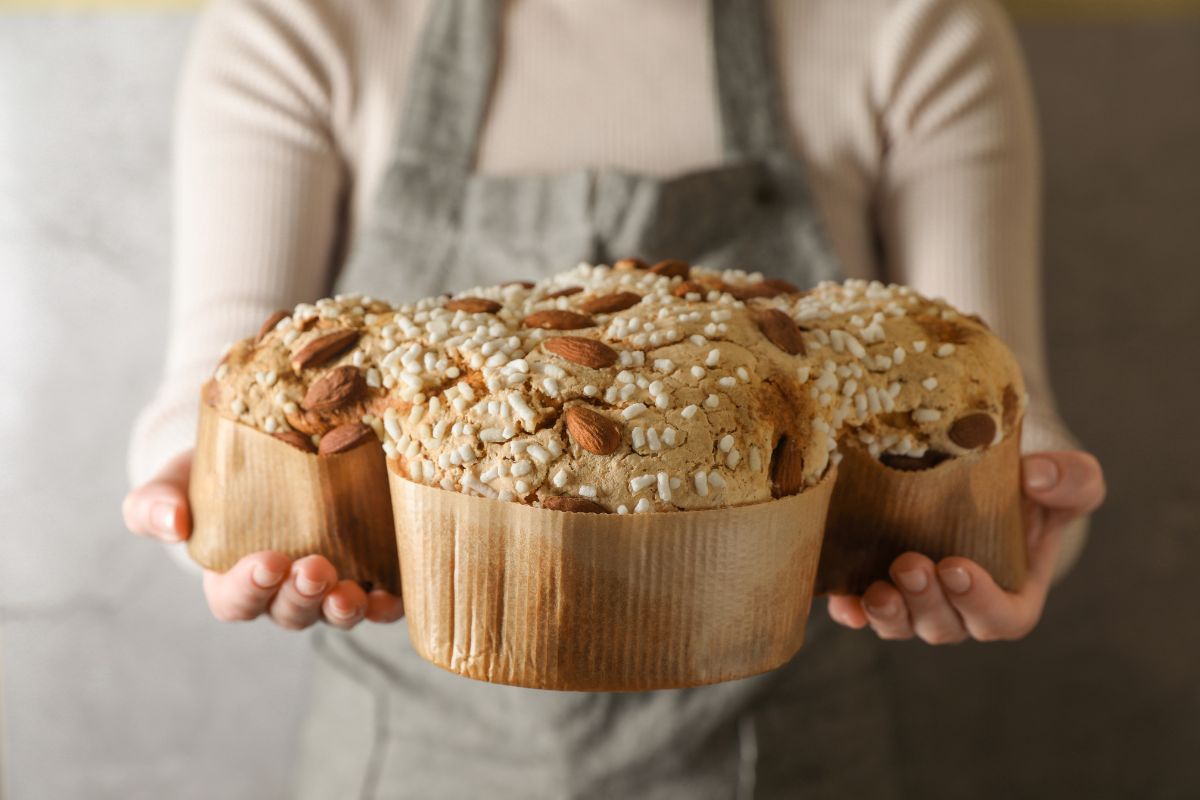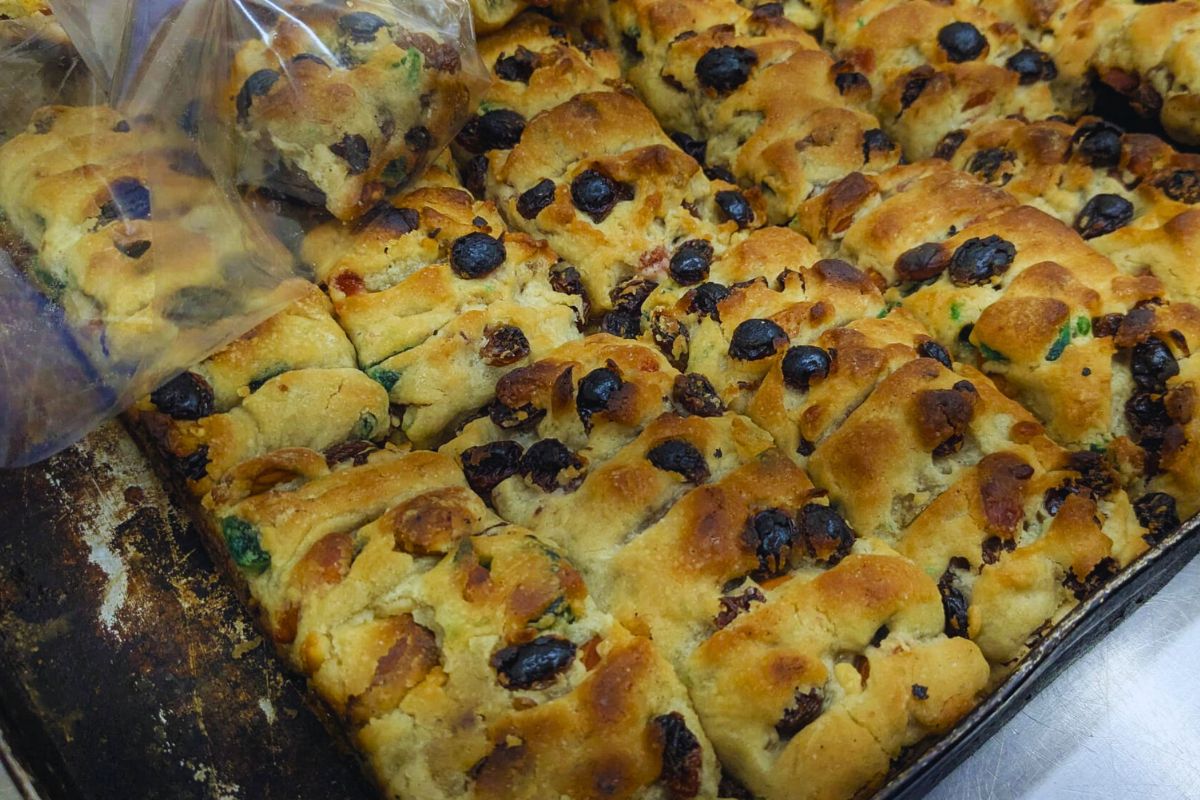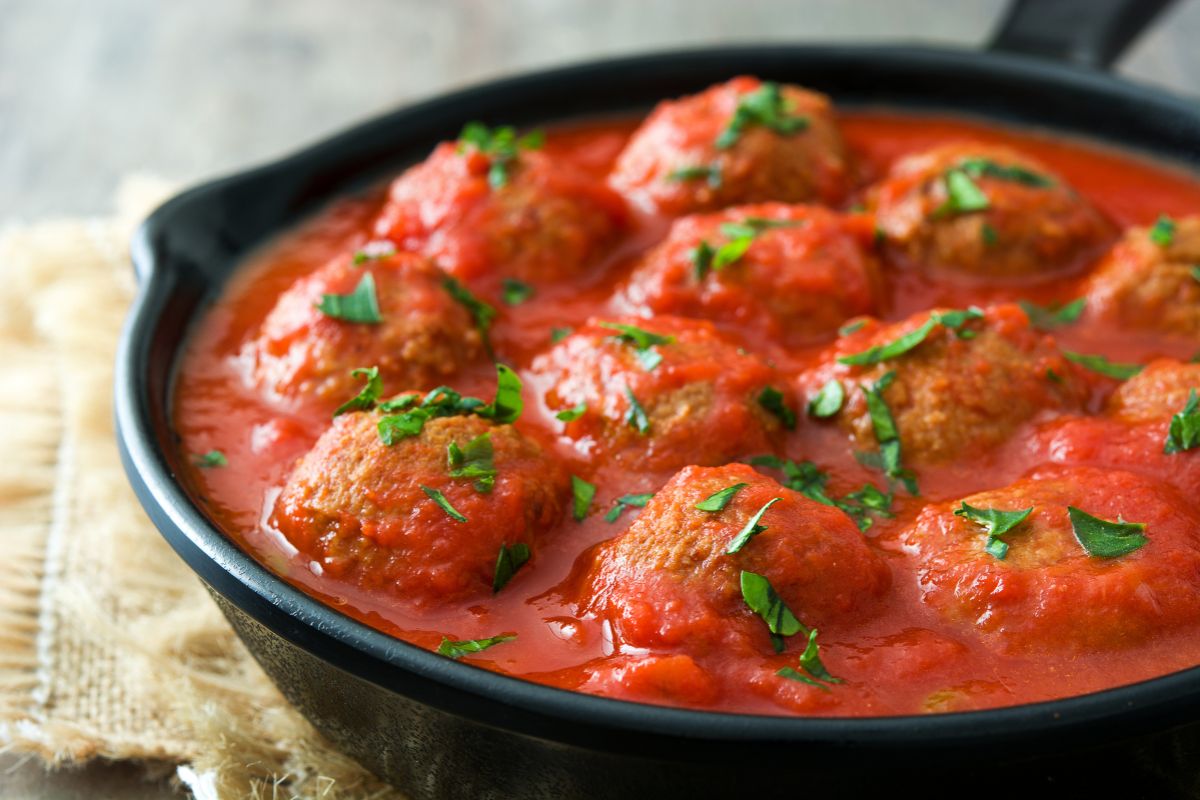
Celebrating the International Pizza Day!
Let’s see together how many types of pizza to enjoy in Rome, from the delicious Roman style pizza to the amazing neapolitan & more.
Pizza in Ancient Rome
We are not surprised to know that pizza already existed in Ancient Rome. The ancient Romans used to eat a type of focaccia made from a mix of cereals, then cooked under the ashes. Clearly, it was made with a mix of poor cereals, typical of the time, such as spelt and millet. Even if there is no concrete proof, some like to think that the famous Roman pinsa is an ancestor of pizza. Pinsa is a variant rediscovered in recent decades and popular in Rome. Obviously, in Ancient Rome tomato sauce was not available, so pinsa was mainly topped with vegetables, meat and cheeses.

Roman style pizza
Each region has its own typical recipe. But, in Rome, pizza must be thin and absolutely crunchy! In Roman we say scrocchiarella! Roman round pizza, served on a plate, differs from Neapolitan pizza precisely because of these characteristics. It is always round, but drier. In fact, once baked in the oven, the dough remains thin and very crispy, throughout the entire size of the pizza, including the crust. This must be slightly toasted, as a cracker! Even in the case of this Roman pizza, the historical origin of the recipe remains uncertain.
How to eat pizza in Rome: pizza by the slice
In Rome, if you ask a passerby to point out a pizzeria, the answer is still a question: pizza by the slice or round? Pizza by the slice is an institution in Rome. The perfect snack or quick meal and a favorite among Romans. It is a pizza that is sold by weight and is the official street food of the capital. You can find it everywhere, in pizzerias, bakeries or rotisseries. You choose your favorite flavor and the size of the slice you want to buy. This is weighed and you pay accordingly. The dough is stretched out with the hands, doing a sort of massage with fingers to incorporate air. It is given the typical rectangular shape and baked directly.

Roman style pan Pizza
It was precisely between the 70s and 80s that the first pan pizza was born in Rome. This would become one of the most popular and one of the most loved street food, even today. The recipe for the dough of the simple bakers’ pizza by the slice, crispy and rectangular, has been refined. In fact, in the dough of pan pizza there is more hydration and a greater quantity of olive oil and a long leavening. The pizza is adjusted inside the well-oiled rectangular pan. Then it is topped as you prefer. In the past, the flavors of oven-baked pizza by the slice were only bianca and rossa. It means plain pizza bread and red sauce pizza. With the development of pan pizza, the flavors increased dramatically. One of the most popular, together with the classics, is the one with potatoes and rosemary.

Neapolitan Pizza
The difference between Roman pizza and Neapolitan pizza is evident at first glance. The Roman one is low and crunchy, the Neapolitan one is softer and has a very pronounced crust. Both are exceptional, as long as the ingredients selected are of quality. It is simply a matter of personal taste. After years of Roman pizza dominance in the city, today the choice is more varied. Thanks to some Neapolitan families transplanted to Rome, in fact, it is not difficult to taste a real Neapolitan pizza.
Pizza alla pala: paddle pizza
The meaning of pizza alla pala is paddle pizza, because in Roman bakeries this was the way to use up leftover bread dough. The origins of Roman pizza alla pala go back to the wood-fired ovens of Roman bakeries, the producer of bread and focaccia. Unlike the pan pizza, this is rolled out and cooked directly on the oven floor. The paddle is usually a wooden tool, the same one that Roman bakers used to bake bread. Today, paddles can also be made of other materials. The dough is denser and rises for a long time, giving each slice a soft, fluffy interior and a crispy exterior.

Pizza al padellino
Let’s talk now about a type of pizza that, although not typically Roman, can still be found in Rome. The padellino is a small and round pan used to bake this pizza dough. It originated in Turin around the early 1900s and then spread throughout Italy starting in the 1960s. The diameter of the pan never exceeds 20-25 cm. It is characterized by a double leavening process. Then the topping spread rest on the pizza until cooking. This type of pizza is soft and crumbly at the same time and simply delicious. In Rome, one of the places where you can enjoy a delicious pizza al padellino is Trieste pizza, located in the charming Monti neighborhood.

Deep fried pizza
Another non-Roman delicacy is fried pizza. Its origins are Neapolitan, but you can also find some very good ones in Rome. Fried pizza is made with the same dough as the traditional one. Instead of being cooked in a wood oven, it is immersed in boiling oil and swells. This cooking method, in addition to being more immediate, made the pizzas tastier and more voluminous. There are many filling variations and they are all delicious. The classic version includes ricotta, cicoli and black pepper. Cicoli are small pieces of pork crunchy meat. The classic tomato and mozzarella is also very tasty. Another variation of Neapolitan fried pizza is Montanara, also known as pizzella, and is the evolution of the raised pizza, the pasta cresciuta. It is filled only after cooking.
















